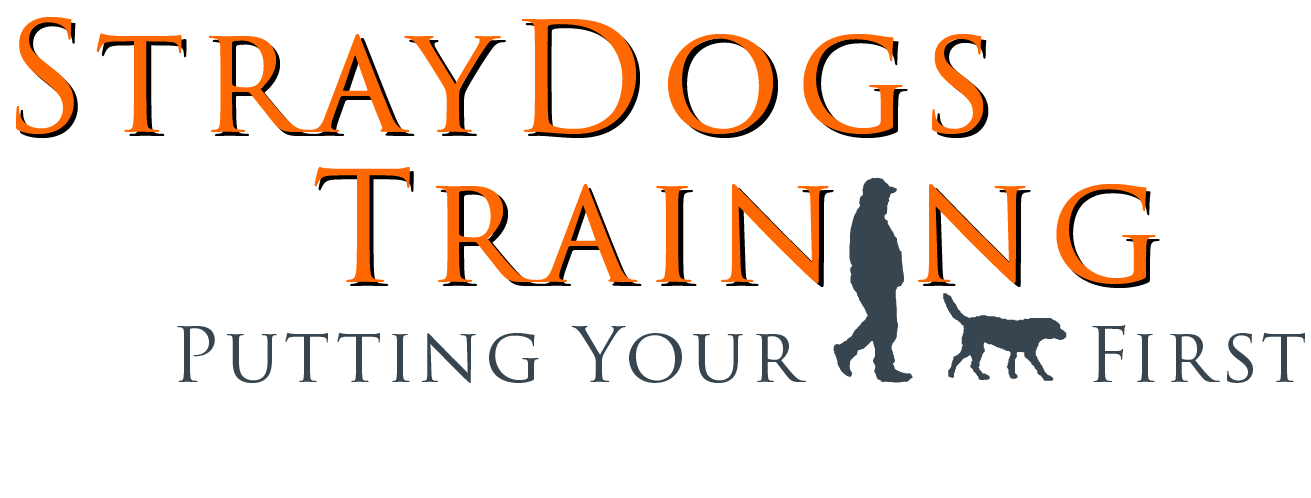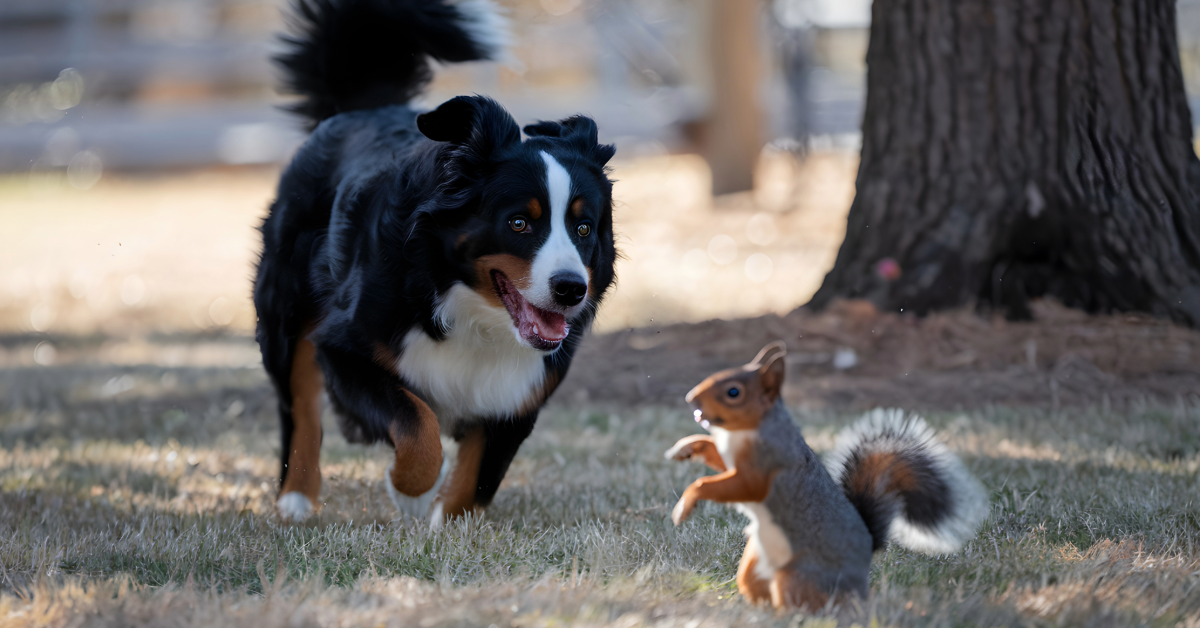Whether you’re walking through your neighborhood, exploring a local park, or just trying to get your dog to listen when visitors arrive, distractions are everywhere. The key to raising a dog that listens, no matter what’s going on, is building focus and impulse control.
In this post, we’ll explore practical strategies to help your dog stay focused even when the world around them is full of squirrels, smells, and surprises.
Why Training Focus Matters
Distractions aren’t just inconvenient — they can be dangerous. A dog that can’t focus may run into the street, ignore recall commands, or react poorly to new environments.
Teaching your dog to stay calm and attentive in any situation is one of the most valuable life skills you can give them.
Benefits of Focus Training
- Improves obedience and reliability
- Builds your dog’s confidence in new environments
- Reduces reactivity and anxiety
- Enhances your bond and communication
Understanding Dog Distractions
Dogs don’t ignore us to be stubborn — they get overwhelmed by sensory input.
Common Types of Distractions
- Environmental: new places, noises, smells
- Social: people, other dogs, kids
- Motion-based: bikes, squirrels, running animals
- Internal: hunger, excitement, or lack of sleep
Every dog has a different threshold. Your job as the trainer is to understand what distracts your dog and help them learn how to work through it.
Start With the Basics
You can’t train focus if your dog doesn’t understand what’s being asked of them in the first place. Build a strong foundation of core obedience before tackling high-distraction settings.
Core Skills to Master First
- Come (recall)
- Sit until released
- Place until released
- Loose leash walking
Keep sessions short, positive, and consistent. Don’t move to a more distracting setting until your dog can perform the skill reliably at home.
The Power of Gradual Exposure
Training in distracting environments starts with controlled exposure. Throwing your dog into chaos and hoping they succeed is a recipe for failure.
How to Increase Distraction Levels
- Start at home – practice commands in a quiet, low-stimulus environment.
- Add mild distractions – turn on the TV, drop a toy, or have someone walk by.
- Go outside – use your yard or driveway.
- Visit new places – practice in parks, parking lots, or near walking trails.
Repeat training in a variety of settings. Consistency builds reliability.
Tools and Techniques That Help
You don’t need fancy equipment to build focus, but some tools can help guide your training.
Use a Long Line
A long leash gives your dog freedom to explore while you still maintain control. It’s perfect for practicing recall and ‘place’ at a distance.
Reward Calm Focus
Instead of just rewarding commands, reward your dog when they look at you calmly, check in on walks, or resist the urge to chase or pull.
Teach a Focus Cue
Train a word like “look” or “watch me” that prompts eye contact. Practice this in progressively distracting environments.
Common Mistakes to Avoid
- Advancing too quickly – Set your dog up for success by taking small steps.
- Only training in calm environments – Real-world success requires real-world practice.
- Overusing corrections – Focus is built through positive reinforcement and trust.
- Getting frustrated – Dogs feed off your energy. Stay calm and clear.
Key Takeaway
Raising a dog that can handle distractions without losing focus is possible with consistent practice, gradual exposure, and clear communication. By investing the time in focus training, you’re setting your dog up for success at home, in public, and everywhere in between.
✅ Ready to help your dog master focus and obedience? Check out our services at StrayDogs Training

